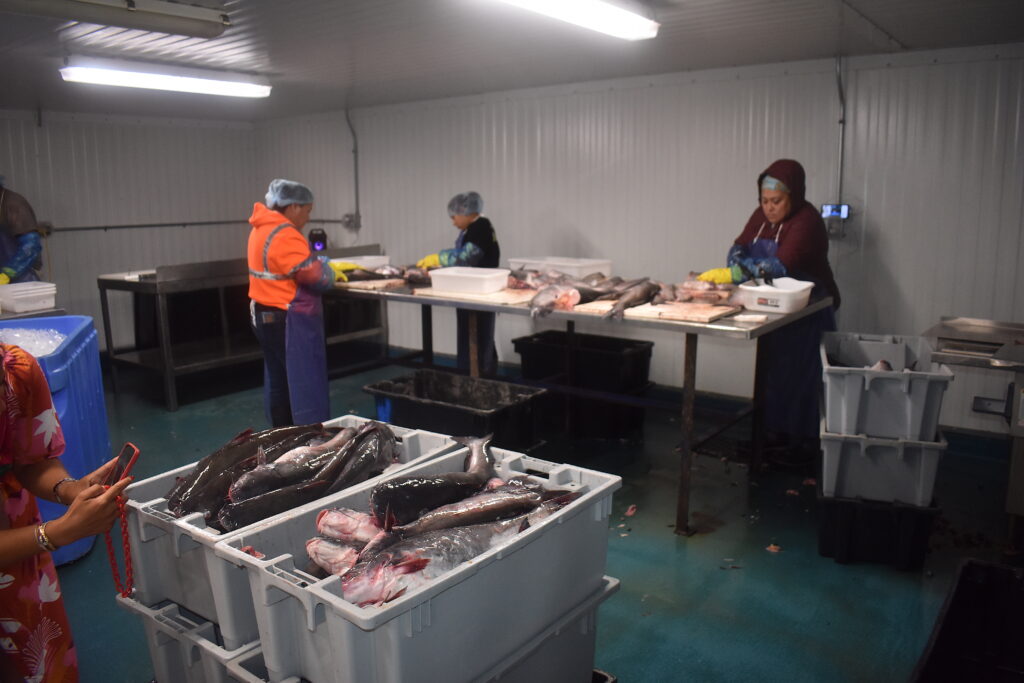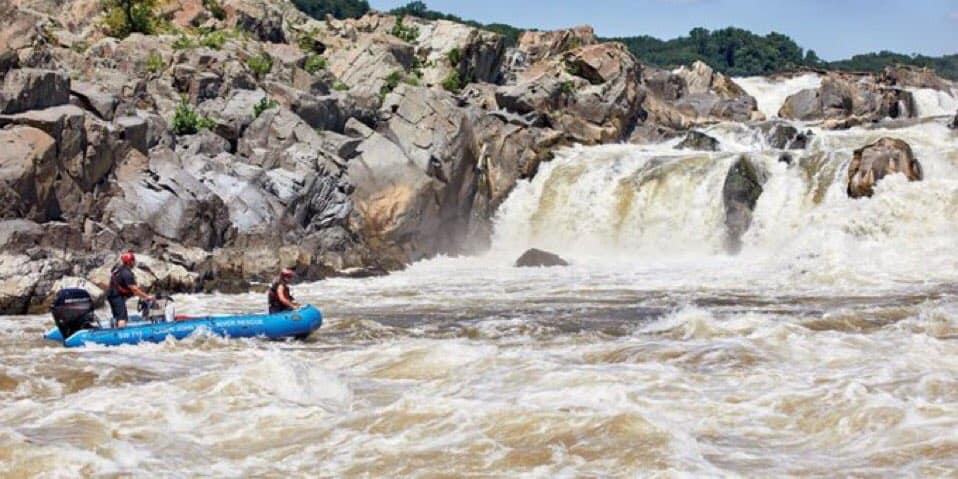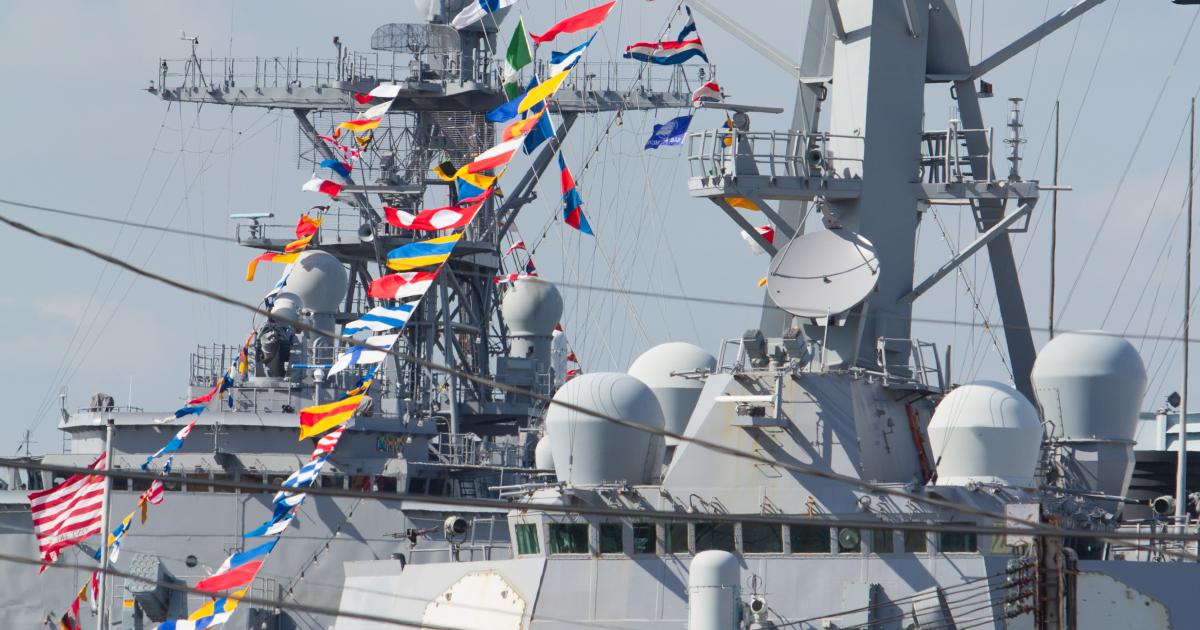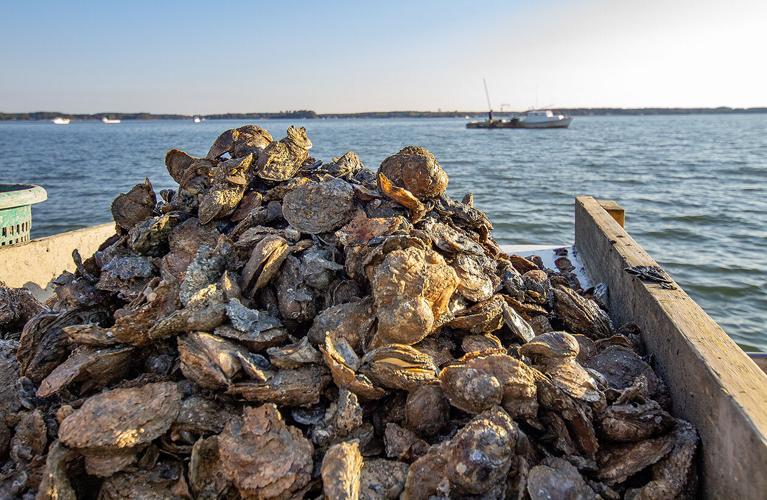Virginia is continuing its fight against invasive blue catfish by boosting the fishery and making it easier to put blue cat into markets and restaurants.
The state has awarded a second $247,000 grant in an effort to control the Chesapeake Bay’s blue catfish population.
Virginia Governor Glenn Youngkin recently announced that L. D. Amory Company Inc. (Amory Seafood) of Hampton, Virginia, has been awarded the grant through the governor’s Blue Catfish Processing, Flash Freezing, and Infrastructure Grant Program.
“This reimbursable grant will support the implementation of a modern quick freezer and essential packing equipment that will allow Amory Seafood to increase processing capacity in its Hampton facility,” the governor’s office said.
“Once the expansion and modernization project is complete, Amory Seafood will purchase more blue catfish from local watermen, which supports economic growth and helps to remove the invasive species from Virginia waters,” it stated.
“I congratulate Amory Seafood on this expansion, as this project helps to increase processing capacity of the invasive blue catfish, provide additional market opportunities for Virginia watermen, and boost the Commonwealth’s seafood industry’s economic impact which was over $1.1 billion in 2019,” said Governor Youngkin.
The governor’s blue catfish grant program was established during the 2023 General Assembly session to address the overpopulation of the invasive blue catfish in the Chesapeake Bay. It is part of a larger baywide effort to combat a species wreaking havoc on Virginia’s ecosystems by incentivizing local waterman to catch and sell an abundant, inexpensive fish for consumer consumption. The state of Maryland was awarded $4.5 million in federal funds in March 2024 to work towards bringing the catfish population under control in state waters.
Blue cats are native to the Mississippi, Ohio, Missouri and Rio Grande river basins. During the 1970s and ’80s blue catfish were introduced by the Virginia Department of Wildlife Resources to the James, Rappahannock and York river basins. The fish were introduced near Virginia’s fall line in fresh water for recreational fishing but soon adapted to the bay’s brackish and saltwater.
Virginia catfish quickly spread throughout the Chesapeake Bay watershed into nearly every major tributary and are now being seen in North Carolina waters too. Blue catfish eat shad, herring, striped bass, menhaden, clams, muskrats, ducks and blue crabs and there is concern that the large catfish population are having a detrimental impact on the populations of these species.
Located in the City of Hampton, Amory Seafood is a fourth generation seafood company that has been harvesting, processing, shipping, and distributing seafood across the East Coast and North-Central United States for over 100 years. For the past ten years, the firm has been processing wild-caught blue catfish and is a certified USDA-approved catfish processor.
“On behalf of everyone at Amory Seafood, I thank Governor Youngkin, the Commonwealth of Virginia, and the city of Hampton for this grant funding,” said Amory Seafood CEO Meade Amory.
“Once complete, this expansion will enhance our processing capacity, and improve quality and marketability of our products,” he said. “We will also be in a better position to support local watermen and reduce the number of invasive blue catfish which helps to protect native Chesapeake Bay species.”
Del. Keith Hodges of the 98th District of Virginia’s House of Delegates and who spearheaded the state’s blue catfish grant program said, “We estimate that the current blue catfish population is eating a million tons of peanut (small) menhaden annually and we have got to find ways to keep the catfish population under control.
“The two grants that have been issued will help prop up the processing end, but I’m hopeful that the next grant will go to Virginia watermen for purchasing and upgrading gear and other infrastructure to expand their end of the fishery. If funds can be directed to watermen it would encourage more watermen to get into the fishery,” said Hodges.
The first Virginia grant was awarded in 2023 to Sea Farms Inc. in Gloucester County, Va. The grant funds were used by the firm to purchase a blast freezing system to expand the firm’s freezer capacity for storage of large quantities of catfish fillets.




